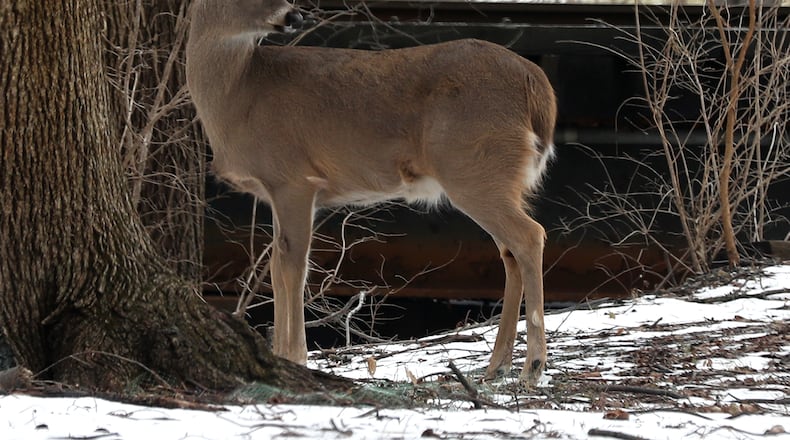Two CWD-positive wild deer were confirmed during the 2020-21 hunting season in Wyandot County. A disease surveillance area has been established in response to the confirmed cases, and intensive monitoring will continue for at least three years in Wyandot County as well as portions of Hardin and Marion counties.
Specific regulations apply to hunters who harvest a deer in this location, including mandatory testing on Nov. 6-7, Nov. 13-14, and the seven-day gun season, Nov. 29 – Dec. 5. In-person sampling is available at the Big Island Wildlife Area Headquarters, Killdeer Plains Wildlife Area Headquarters, and the Wyandot County Fairgrounds on those dates. Self-serve kiosks are also available.
A list of kiosk locations and instructions can be found at ohiodnr.gov/cwd.
In addition to mandatory testing, the following regulations apply within the disease surveillance area:
- Prohibits the placement of or use of salt, mineral supplement, grain, fruit, vegetables, or other feed to attract or feed deer
- Prohibits hunting of deer by the aid of salt, mineral supplement, grain, fruit, vegetables, or other feed
- Prohibits the removal of a complete carcass or high-risk parts from the disease surveillance area, unless the carcass complies with deer carcass regulations or the carcass is delivered to a certified taxidermist or processor within 24 hours of leaving the area. Additional information on carcass regulations and a complete list of certified processors and taxidermists can be found at wildohio.gov.
About the Author
